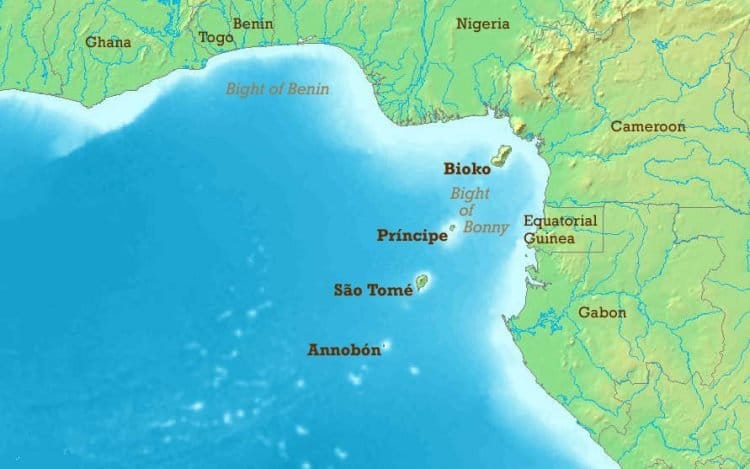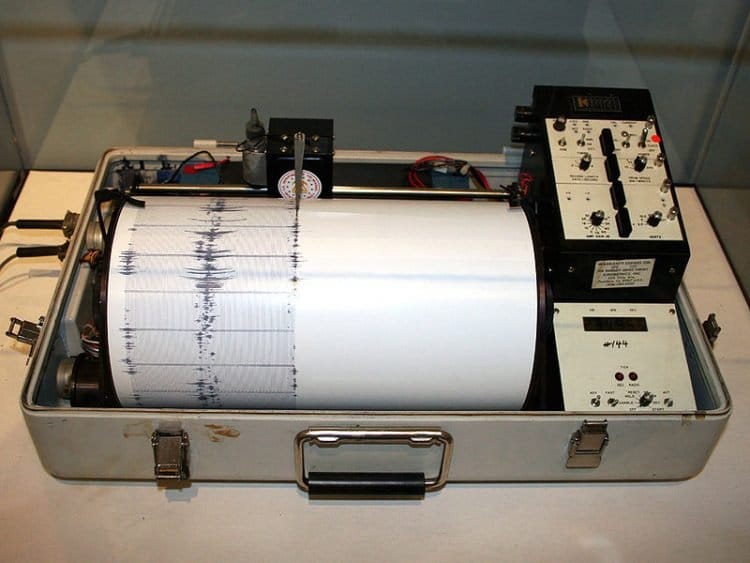From the 1960s, seismologists have been detecting a mysterious heartbeat on multiple continents that sounds like clockwork, occurring every 26 seconds. Still, in the last six decades, no one reached the root cause of this unknown beat.
For the first time in history, in 1962, John Oliver documented the ‘Heartbeat of the Earth.’ The guy was a profound researcher at Lamont-Doherty Geological Observatory, University of Columbia.
John Oliver figured the sound source to be coming from somewhere in the equatorial or southern Atlantic ocean. And also the point that the beat got intensified during the summer months in the northern hemisphere. Later, Gary Holcomb, another geologist from the U.S’s geological services, noted that the discovered pulse seemingly got stronger during a storm.
The study and research work of these two remained in the backgrounds for twenty years, starting from the first reveal. Then a student from the University of Colorado, Boulder, got to that heartbeat sound once again and decided to jump deep into the mysterious matter.
Another seismologist from the University of Colorado, Mike Ritzwoller, told Discover magazine about the data from Greg Benson’s study and how he and Nikolai Shapiro were suspicious of these re-occurring sounds.
They commenced work, analyzed the blips from every angle possible, reviewed the data, checked their instruments, and even triangulated the pulse source to a spot in the Gulf of Guinea, off Africa’s western coast.
Ritzwoller, along with his team of researchers and seismologists, dug deep into the studies of Oliver and Holcomb and published a secondary study on the mysterious and unknown pulse. Some experts believe that these pulse sounds are caused as a result of the waves; others think they are caused by the volcanic activities in the nearby places. However, none has proven to be true as yet.
The wave theory was first suggested in 2011 by Garret Eular, a Washington University graduate student. He figured the source of the pulse from the Gulf of Guinea and termed it as Bonny’s Bight. He theorized it as the waves that hit the continental shelf cause a pressure that deforms the ocean’s seismic floors. And the said pattern resultingly caused these earth pulses.

Euler’s theory made sense, but most were not convinced by it. The next turn took when in 2013, a researcher from the Institute of Geodesy and Geophysics in Wuhan, China, Yingjie Xia, said that the source of the 26-second earth beat was actually the volcanic activity.
His theory had logical reasoning, as well. The origin of the pulse was near a volcano on the island of Sao Tome, and the same details were shared regarding a place near a volcano in some other part of the world too.
However, neither of the theories fully explains these beating sounds. And as to why the 26-second pulse only occurs in the Bight of Bonny remains a question unanswered to date.
The confusing part is that the waves hit coastlines all the time and in plenty of other countless places on earth. Why does it happens only in the Bight of Bonny that these strange and mysterious beats are heard? A collective effort might get us to the real answer in times to come.
Regarding seismology, Doug Weins said that people of his profession want to discover and study the earth’s structure beneath the continents. But tracing out the root cause of these pulses is a different and difficult feat. And one entirely different from studying the earth’s deep structure.

This doesn’t make the study any less important, as it is something we aren’t sure of, and that is why digging deeper into it is a must. Will this be solved in today’s world, where science has almost all the answers and to everything?


